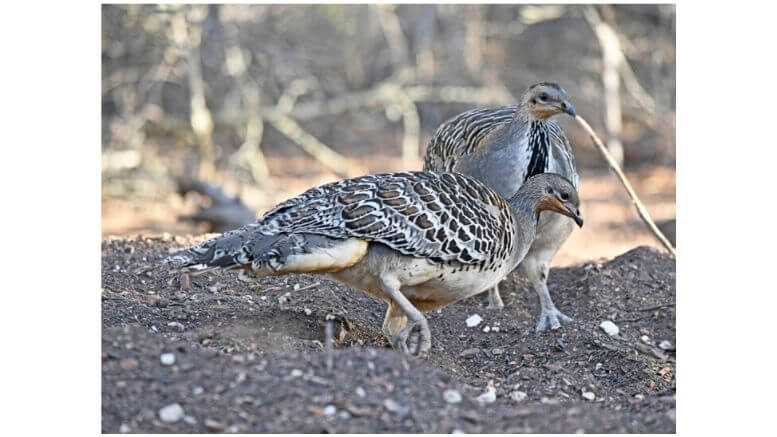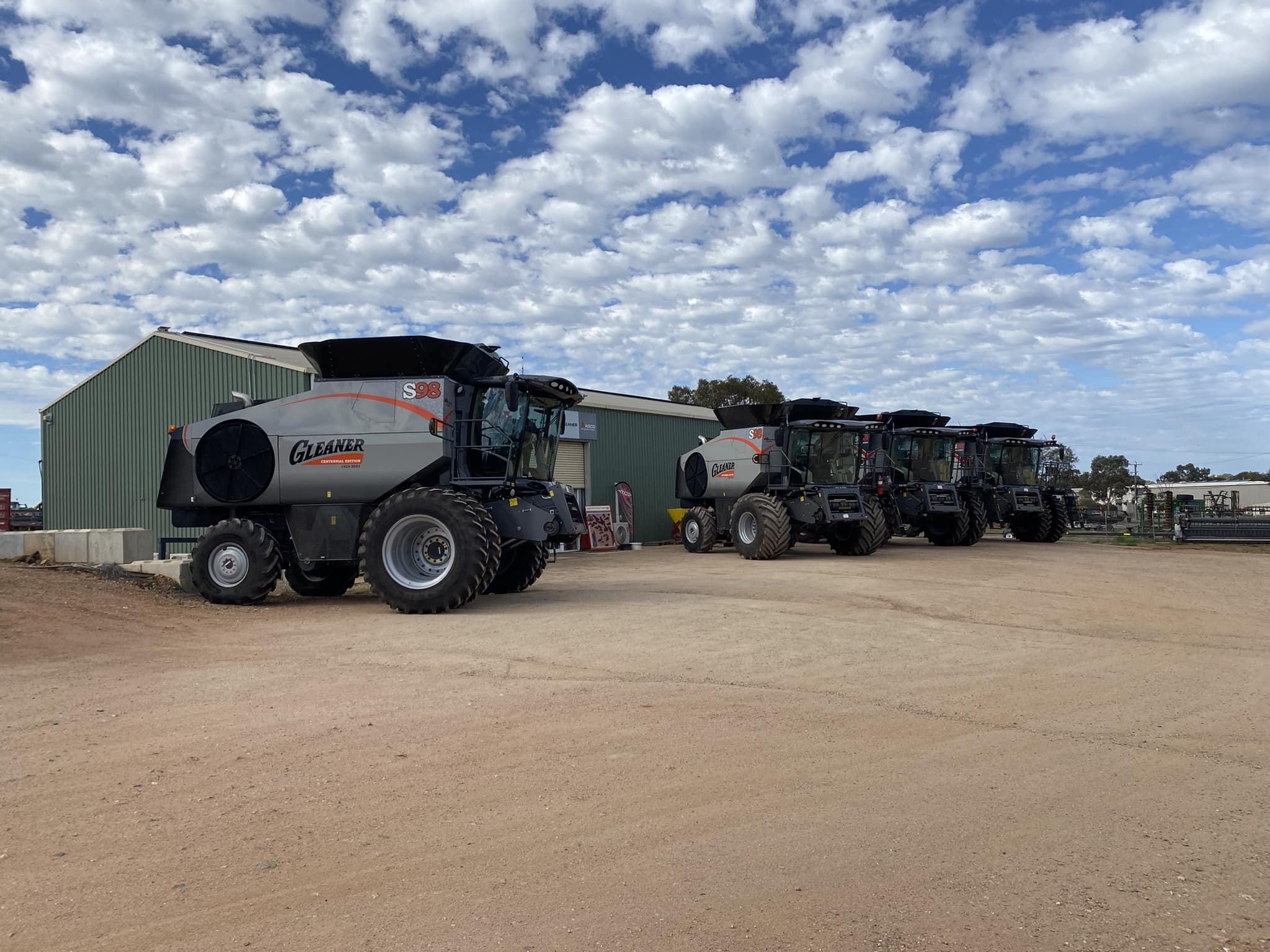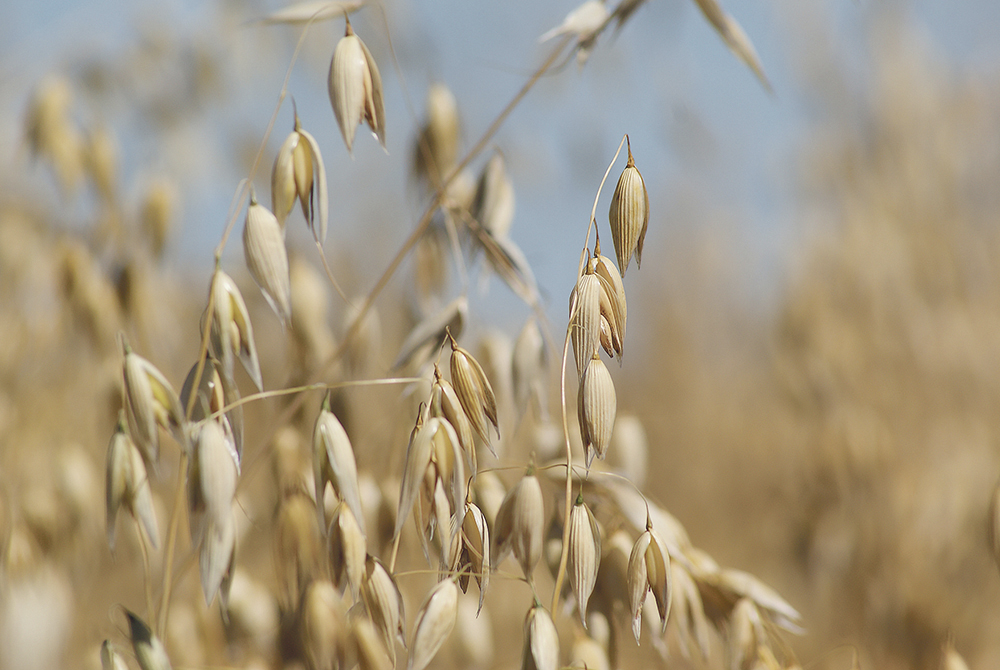MALLEEFOWL MATTER
NRM Senior Land Services Officer Jasmine Wells committed to protecting the Malleefowl and their habitat in the Condobolin area.
She is part of the “Malleefowl Matter” project, which aims to stabilise or improve the trajectory of the Malleefowl by 2023. Malleefowl are nationally listed as Vulnerable.
The project will increase the knowledge of the abundance of birds and their location within the Central West. This project will enhance and restore Malleefowl foraging and breeding habitat through grazing management, pest animal control, and weed control on private and public land.
The priority areas for Malleefowl conservation are the Mount Nobby State Forest, and Tollingo and Woggoon Nature Reserves near Condobolin in the Central West region. The Goonoo National Park and State Conservation Area near Dubbo is also an area of interest.
A key outcome of the project is to increase understanding and capacity of the community to be able to identify the Malleefowl and assist in recording sightings in the Central West. If you think you have sighted a Malleefowl, please advise Central West Local Land Services.
The community can get involved through community events, or attending training workshops.
Malleefowl are unique as they make mounds for breeding by scraping large amounts of leaf litter and soil into a large pile. They lay their eggs into a cavity in the top of the mound and cover over the eggs with decomposing leaf litter to create heat to incubate the eggs.
They are a large ground-dwelling bird with strong feet and a short bill. Its head and neck are mostly grey, with a striking striped wings. It has a dark stripe extending down along foreneck from the throat to the upper breast, with creamy-coloured underparts.
Malleefowl occurs in semi-arid parts of mainland Australia, ranging from New South Wales (west of the Great Dividing Range), extending into north-western Victoria and the Riverland area of South Australia.
Malleefowl usually occur in mallee Eucalypt woodlands with a dense canopy and shrubby understorey. They mostly eat seeds, flowers and buds, and occasionally also eat invertebrates from the ground or from low shrubs.
The key to their presence is the period since the habitat was last burnt, with habitat that has not been burnt for 40–60 years preferred. Frequently burnt areas are unsuitable and do not support populations of Malleefowl due to their requirements for leaf litter for mound construction and breeding.
Fragmentation and isolation of habitat remnants for agriculture and mining lead to smaller isolated populations of Malleefowl. Large fires have the potential to destroy vast areas of habitat, with a long recovery time required for suitable habitat to form.
Predation by introduced foxes and cats prey on Malleefowl at all stages of life including eggs in the mounds. Goats dust bathing and jumping on nests damages the Malleefowl nest structure and impacts breeding success.
This project is supported by Central West Local Land Services, through funding from the Australian Government’s National Landcare Program.
For more information contact Jasmine Wells, NRM Senior Land Services Officer, at the Condobolin office on 02 6891 2300.
By Melissa Blewitt.
Latest News
A CHS Graduation celebration
Condobolin High School held their Graduation Celebration for Year 12 [...]
Timothy Carberry – WANTED ON WARRANT
Central West Police are seeking information relating to the current [...]
Check you tech – 3G network closing
The national 3G network will soon be closed. Telstra and [...]
Coden succeeds at NSW All School Championships
A huge congratulations to Lake Cargelligo Central School student, Coden [...]
Lake JRL girls complete RISE Tackle Program
The Lake Cargelligo Junior Rugby League recently congratulated their girls [...]
Lake Cargelligo All Care
Since the beginning of 2011 Lake Cargelligo's All Care association [...]










